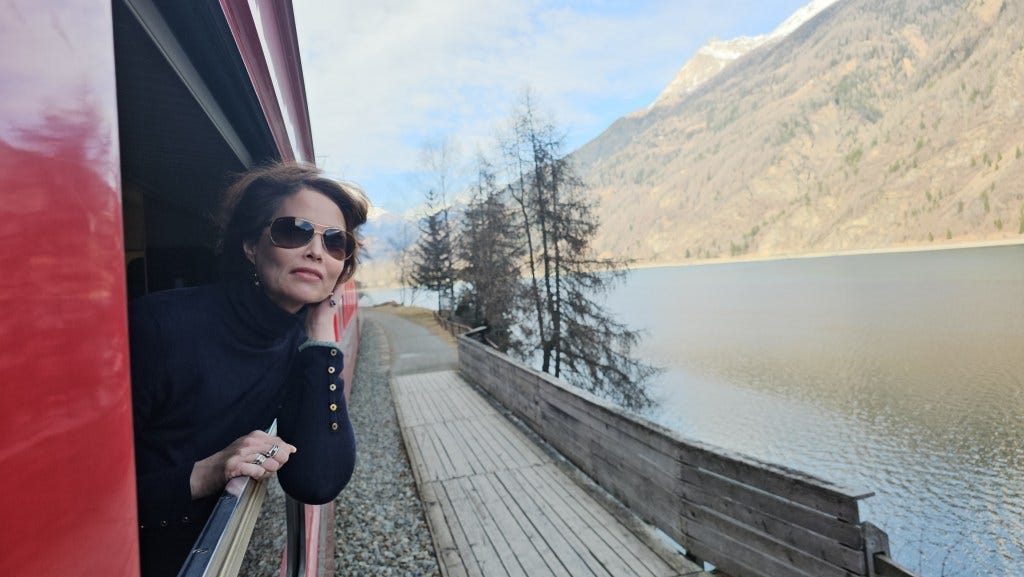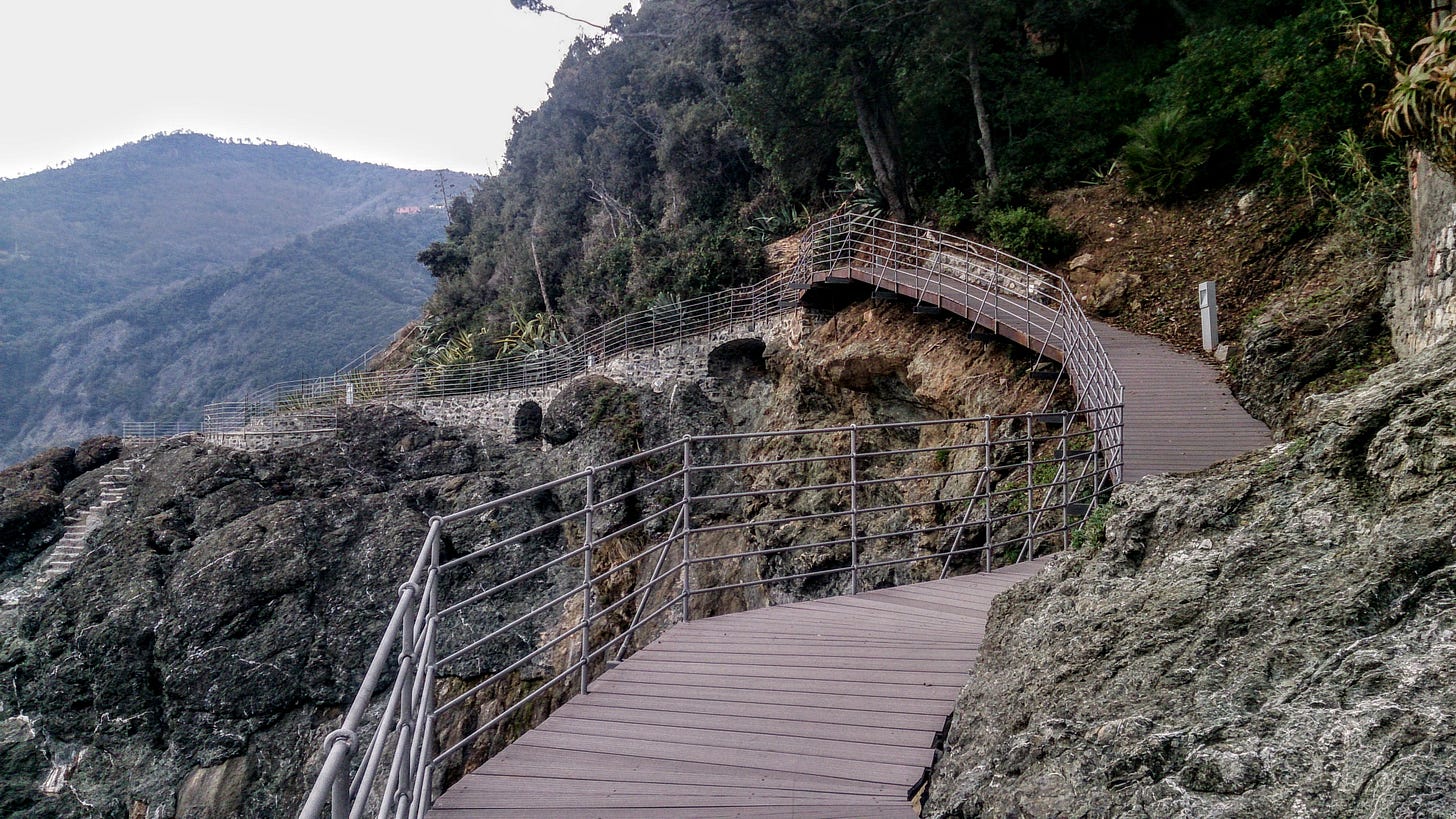Don’t Blame the Tourists: Understanding Overtourism in Italy
Overtourism in Italy isn’t just a trending buzzword—it’s an active experience that has changed the rhythm of everyday life in countless communities. From the charming villages of Lake Como to iconic cities like Venice and Florence, the effects are tangible. While it's easy to blame tourists, the issue is far more complex.
The latest from Milanostye.com:
Overtourism: A Multifaceted Problem
The World Tourism Organization defines it as:
“Overtourism is the impact of tourism on a destination, or parts thereof, that excessively influences the perceived quality of life of citizens and/or quality of visitor experiences in a negative way.”
In Italy, we’re seeing exactly that—residents losing access to affordable housing, local businesses displaced by souvenir shops, and town centers transformed into open-air sets for social media content. But the blame doesn't fall solely on the shoulders of travelers.

It’s Not the Tourists, It’s the System
Tourism should be about discovery, connection, and cultural exchange. Regrettably, the current tourism model—particularly in Italy—feels more like a race to collect Instagram shots and tick the boxes rather than seek meaningful experiences.
From my perspective, several factors contribute to the overtourism issue:
The Airbnb Effect: Once quaint, exclusive towns like Bellagio on Lake Como were home to only a handful of hotels, making visits feel special and limited. Today, short-term rentals have exploded across the region—shifting the dynamics of local life and tourism. In nearby Lecco, an ever-increasing number of travelers have taken notice and look at it as a budget-friendly alternative to the iconic villages. However, unless culture and regulations change, this will not be the case for very long.
According to La Provincia Unica Tv, in 2023 alone, over 2.2 million tourists visited the area of Lecco, an 18% increase over the previous year. Overnight stays exceeded 5.6 million, with non-hotel accommodations (like Airbnb) accounting for 3.1 million, outpacing traditional hotels at 2.5 million. The Airbnb market in the region has grown by a staggering 90% in just two years.Overmarketing & Pandemic Subsidies: European and regional funding meant to revive tourism post-COVID has often been funneled into large-scale marketing campaigns that don’t consider the limits of infrastructure or community needs. The result? A marketing success but a logistical failure.
Social Media’s Role: Travel has become performative. Town squares become photo ops, not places to sit and enjoy a coffee. Strangers are filmed without permission. In an attempt to emulate the celebrity lifestyle, crowds are drawn to the same “must-see” attractions over and over again.
Low-Cost Travel & Accessibility: Affordable airlines and mass transportation options have made even the most remote destinations reachable within a few hours—without a corresponding increase in infrastructure or regulation. Bergamo Orio Al Serio Airport brings in over a million passengers a month in the low season.
Case Study: Lake Como
The picturesque town of Bellagio, perched front and center on Lake Como, has experienced a significant transformation due to increased tourism. Once known for its exclusivity and limited accommodations, Bellagio now faces challenges associated with increased visitor numbers. Although it is difficult to find data isolating Bellagio, in 2018 the Lake Como Region attracted approximately 1.37 million visitors, a 34.9% increase from its benchmark of five years earlier. This surge has led to overcrowding, straining local infrastructure, and altering the town's character.
At the ‘Tourism Days of Lake Como’, organized by the Como-Lecco Chamber of Commerce (held in December 2024). Alessandro Fermi, Regional Councilor for University, Research and Innovation, reported, “In the first eight months of 2024, the Provinces of Como and Lecco recorded a total of 4,305,533 tourist presences: 3,357,772 in Como and 947,761 in Lecco.”
The influx impacts the quality of the visitor's experience. Reports indicate that the National Trust of Italy and the Environment (FAI) had to limit entrances to Villa del Balbianello in Tremezzina due to overcrowding, turning people away at the door.
Additionally, the small village of Corenno Plinio—a medieval hamlet with fewer than 30 residents—has introduced an entry fee to manage visitor numbers and preserve the integrity of its historic center.
In part, I feel responsible. In my own efforts to guide travelers beyond the beaten path, I featured Corenno Plinio in a 2016 article for the Huffington Post titled “5 Towns of Lake Como You’ve Never Heard Of”. I certainly can’t take credit for what followed, but it’s a clear example of how mass media—and even well-meaning travel writing—can contribute to the growing visibility (and vulnerability) of once-quiet places. It’s a reminder that how we tell the story matters.
Milan: Fashion, Design, and Overcrowding
Milan, Italy's fashion and design capital, experiences significant overcrowding during major events like Fashion Week and Design Week. In 2024, Milan Design Week recorded unprecedented numbers, with more than 360,000 visitors to the Salone del Mobile and 1,125 events at the Fuorisalone, generating an economic input of over €260 million. While economically beneficial, such influxes strain public transportation, accommodations, and local services, leading to challenges for both residents and visitors.
Fashion Week—held twice a year—creates a similar bottleneck. Streets in the Quadrilatero della Moda become nearly impassable, cafes and restaurants overflow, and taxis become scarce. The city’s charm and efficiency are temporarily buried under the sheer volume of people and activity. Even cultural institutions, like museums and galleries, are affected by the rush of non-leisure attendees looking for brand launches or influencer-driven events rather than cultural immersion.
And then there are the seasonal sales—January and July—when fashion-conscious travelers descend on Milan’s boutiques and outlet malls. Via Montenapoleone and Corso Vittorio Emanuele II become rivers of shopping bags and selfie sticks. For locals, these periods often mean avoiding their favorite spots until the chaos subsides.
Initiatives to Curb Overtourism
Recognizing the challenges of overtourism, several Italian destinations have implemented measures to manage visitor numbers:
Lake Como: The city of Como is considering introducing a tourist tax to manage the overwhelming number of visitors. Mayor Alessandro Rapinese highlighted that on one single day last year, Como welcomed 300,000 visitors, while the local population totals just 85,000.
Venice: To combat overtourism, Venice has trialed a tourist fee to manage visitor numbers and reduce the strain on the city's infrastructure. There are also new regulations for owning a rental property such as strict building code requirements and one must be a resident to own a tourist properties.
Will more cities follow suit?
A rare, quiet moment in Piazza Mercanti, Milano /Photo C. Abernethy
What’s the Solution?
I’ll be honest: I don’t have all the answers. But I do have some thoughts on where we can start:
Stricter Short-Term Rental Regulations: Local governments need to protect housing stock for residents. There should be strict caps on how many short-term rentals can exist per neighborhood.
Redistribute Tourism Marketing Budgets: Rather than pouring all the budget into promoting Venice, Cinque Terre, or Amalfi, let’s invest in highlighting lesser-known towns and regions. Not only does this help ease the pressure on hotspots, it offers travelers a richer, more authentic experience.
Establish Social Media Etiquette: Town councils and establishments should feel empowered to set boundaries—whether that means signage asking people not to film or local initiatives encouraging respectful content creation.
Encourage Cultural Education for Travelers: As members of the media community, we can help travelers understand not only where to go, but how to go. Travel guides, influencers, and tourism boards all play a part in this. I am an advocate for “slow travel” and hope to encourage readers to discover aspects of Italy that can't be found in a pocket travel guide.

The Conversation Is Just Beginning
As someone who lives in Italy and loves travel, I see both sides. I manage a travel group on Facebook, and I’ve seen firsthand how quickly a well-meaning travel question can spiral into a heated debate. Residents are tired. Travelers are confused. And in some cases, local groups actively discourage visitors from coming at all.
But shaming tourists doesn’t solve the problem—better systems do. We need a more balanced, thoughtful approach that respects the needs of both communities and travelers.
Follow MilanoStyle on social media: Facebook / Instagram / LinkedIn





